Queen Elizabeth II, the longest-reigning monarch in British history, had an enduring love affair with Scotland, a land steeped in history, natural beauty, and royal tradition. This profound affection was not merely a matter of state but a deeply personal connection that spanned her entire life.
Early Encounters with the Land of the Brave
The seeds of Queen Elizabeth’s love for Scotland were sown in her childhood. As a young princess, she spent many summers at Balmoral Castle, a royal residence in Aberdeenshire, which was acquired by Prince Albert in 1852 for Queen Victoria. Balmoral was more than a holiday home; it was a haven where the Queen could escape the formalities of Buckingham Palace and Windsor Castle. The natural beauty of the Scottish Highlands provided a serene backdrop that contrasted sharply with the bustling streets of London. The Queen once described Balmoral as a place where she could truly relax, and it was here that she learned to love the rugged landscapes, the heather-covered hills, and the simple charm of Scottish rural life.
A Royal Wedding in Scotland
The Queen’s connection with Scotland was further cemented by her marriage to Prince Philip, Duke of Edinburgh. The couple spent part of their honeymoon in 1947 at Birkhall, a residence on the Balmoral estate. Their choice to spend these precious moments in Scotland was a testament to their shared affection for the country. Over the years, the Queen and the Duke returned to Balmoral for their summer retreats, a tradition that provided continuity and comfort in their lives.
Balmoral: A Royal Retreat
Balmoral Castle held a special place in Queen Elizabeth’s heart. Her annual summer retreats there were among the most cherished moments of her year. The Queen enjoyed a more private life in Balmoral, indulging in outdoor activities like horseback riding, picnics, and walks in the countryside. These moments away from the public eye allowed her to reconnect with nature and enjoy the company of her family in a more relaxed setting.
The Braemar Gathering
The Queen’s fondness for Scottish tradition was evident in her regular attendance at the Braemar Gathering, a highland games event held near Balmoral. This annual event, which celebrates Scottish culture and sports, was an occasion where the Queen could indulge in the traditions of the land she so dearly loved. Her presence at the games, often accompanied by members of her family, highlighted her commitment to Scottish customs and her role as a steward of cultural heritage.
Scotland’s Influence on the Monarchy
Scotland’s influence on Queen Elizabeth extended beyond personal pleasure to her role as monarch. She was acutely aware of the historical ties between the English and Scottish thrones, dating back to the Union of the Crowns in 1603. Her reign saw significant events in Scotland, including the establishment of the Scottish Parliament in 1999, which she officially opened. The Queen consistently showed respect and appreciation for Scotland’s unique identity within the United Kingdom.
Legacy and Love for Scotland
Queen Elizabeth’s love for Scotland was also reflected in her family. Her children and grandchildren have spent considerable time in Scotland, continuing the royal family’s strong connection to the country. This legacy is not just a matter of royal duty but a genuine affection passed down through generations.
Conclusion: A Queen’s Enduring Love
In conclusion, Queen Elizabeth II’s love for Scotland was multifaceted, rooted in her early experiences and nurtured by decades of personal and familial connections. Scotland was more than a part of her realm; it was a source of solace, joy, and inspiration throughout her remarkable life. Her affection for Scotland was a testament to the country’s enduring place in the heart of the British monarchy.




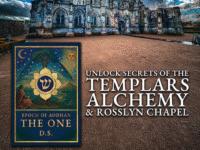



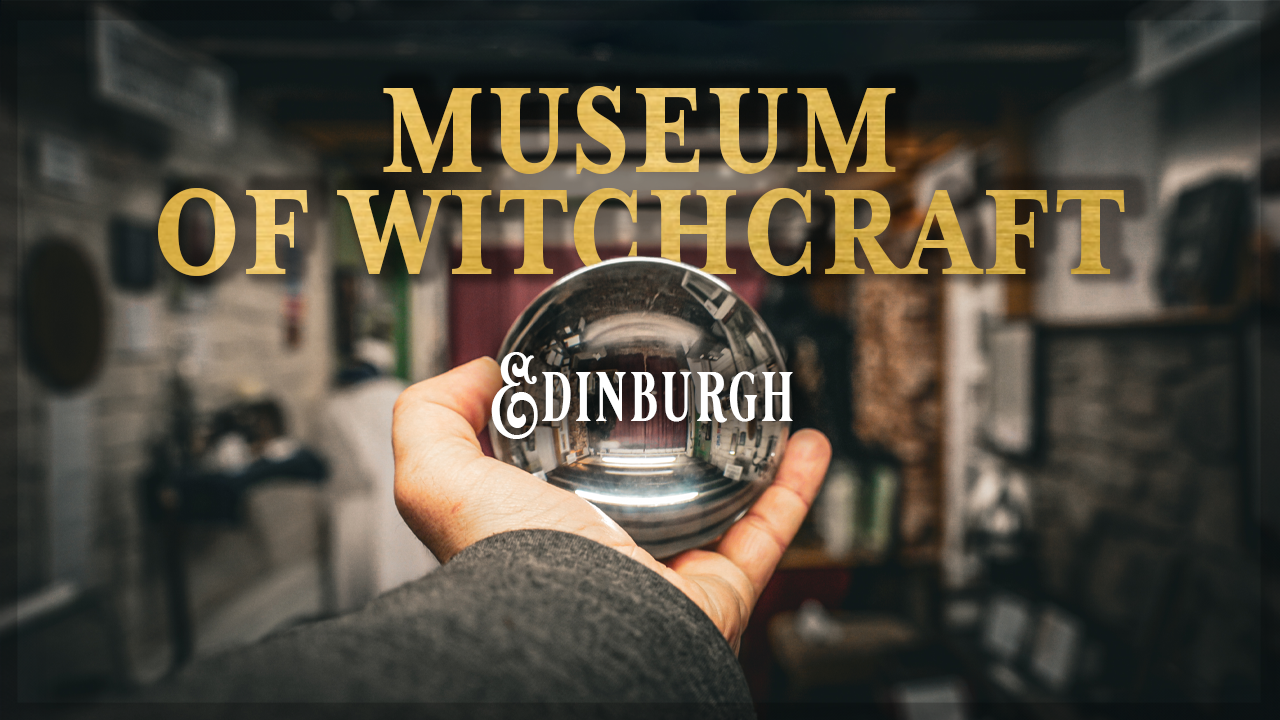

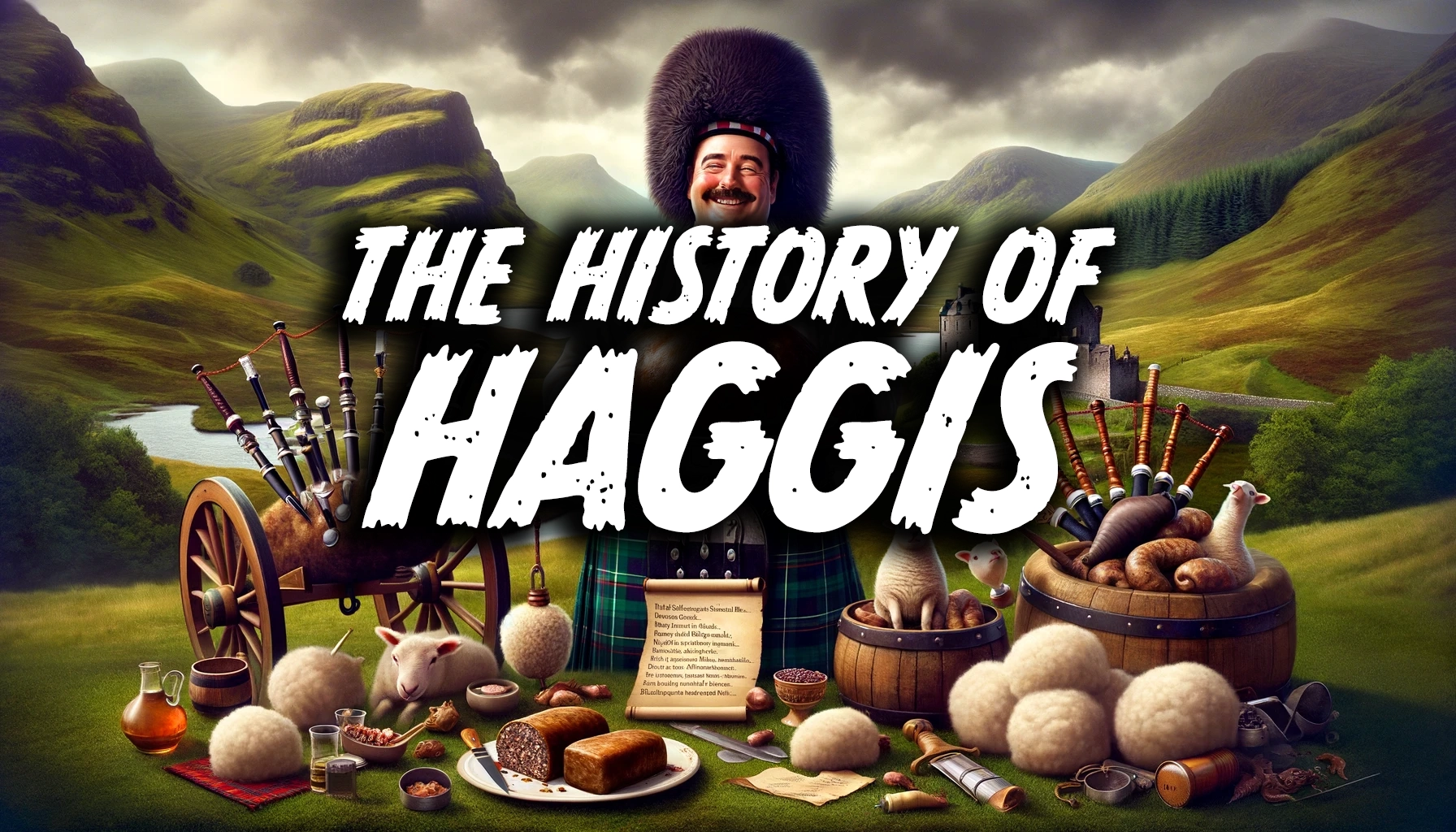

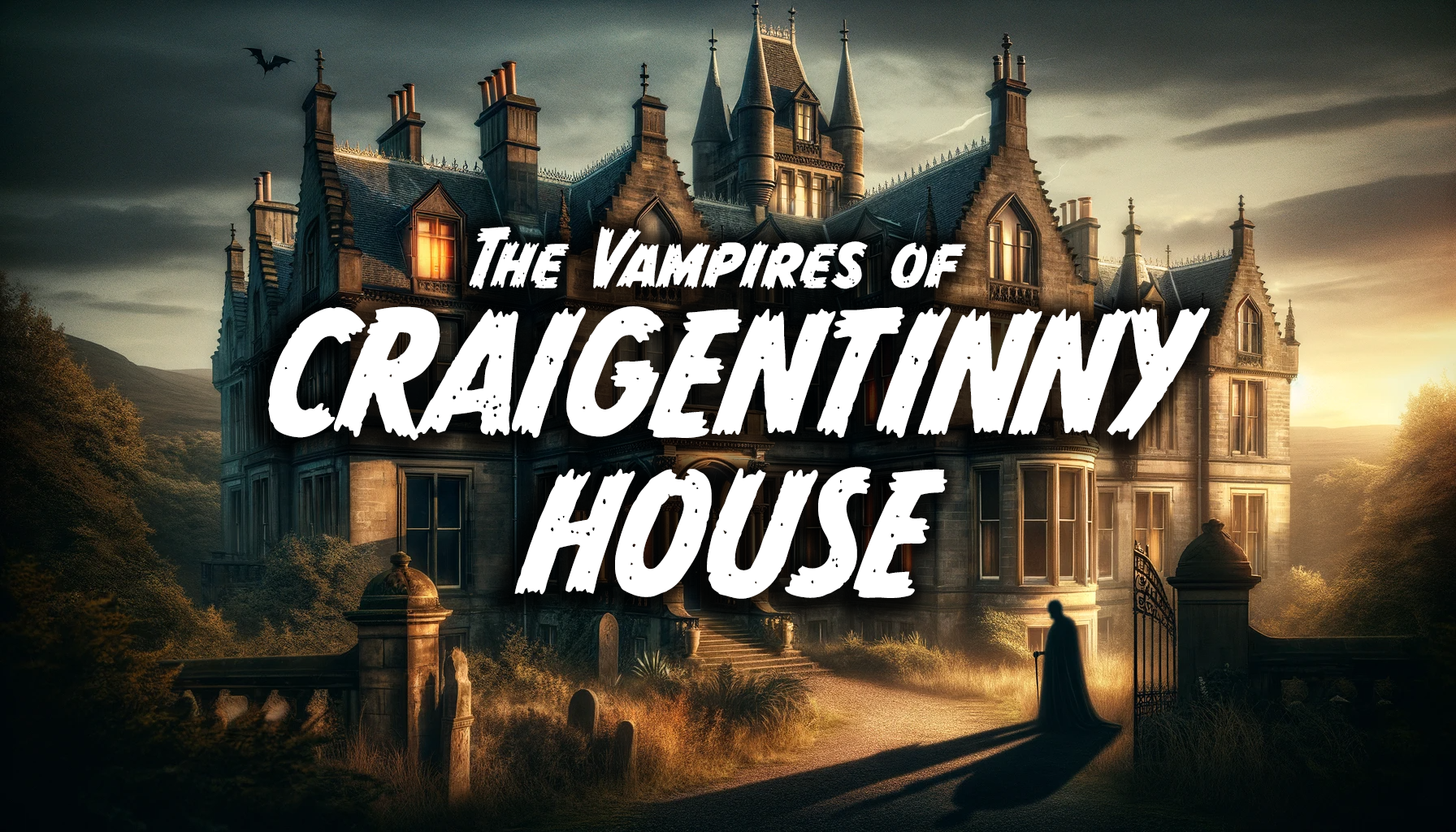

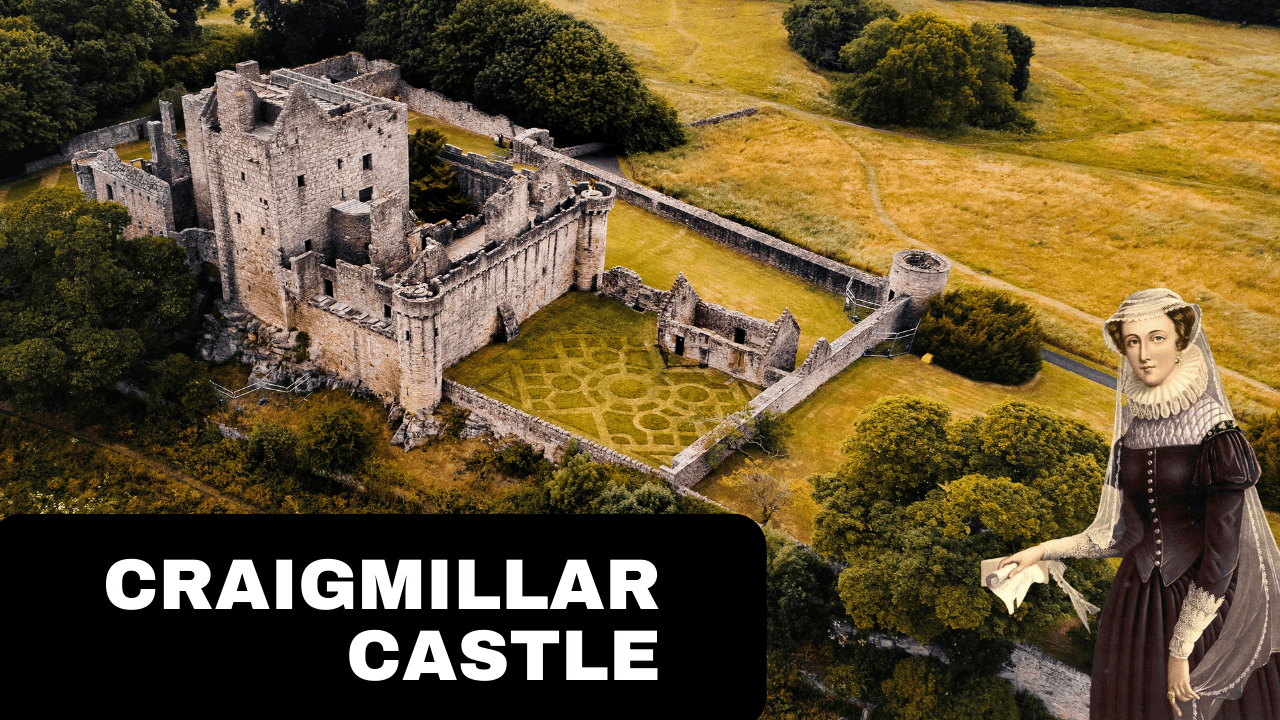



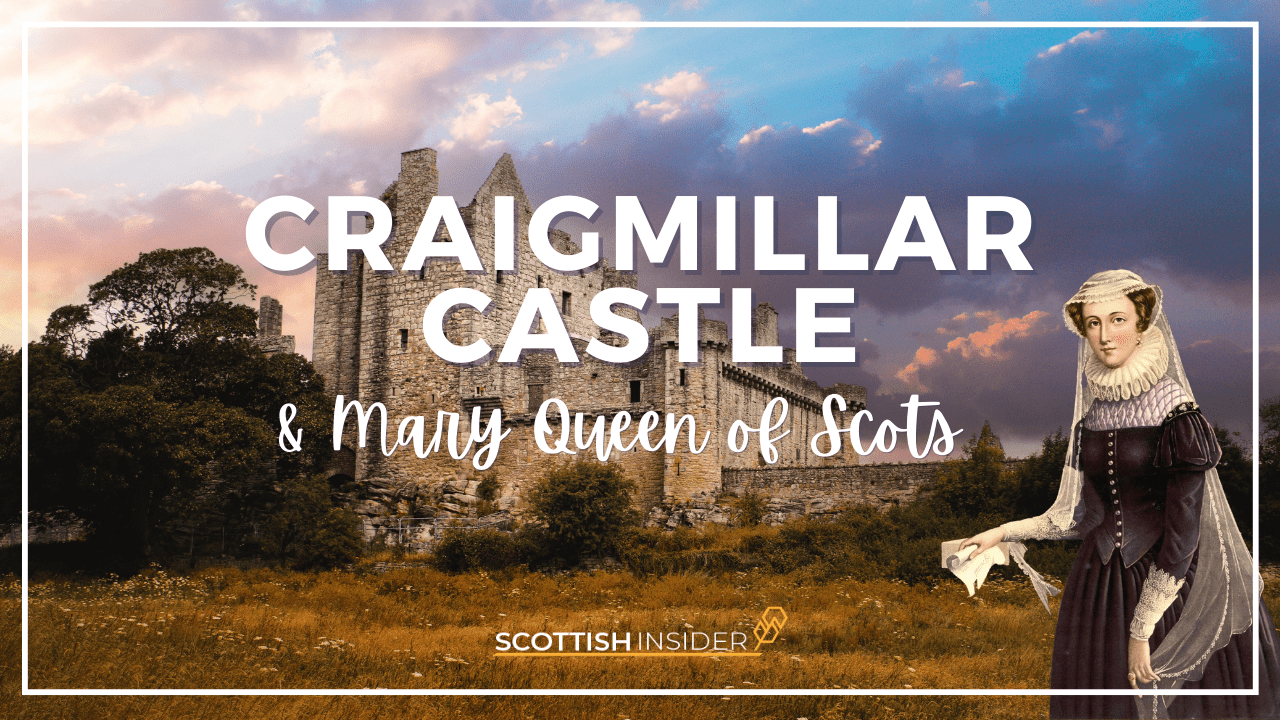

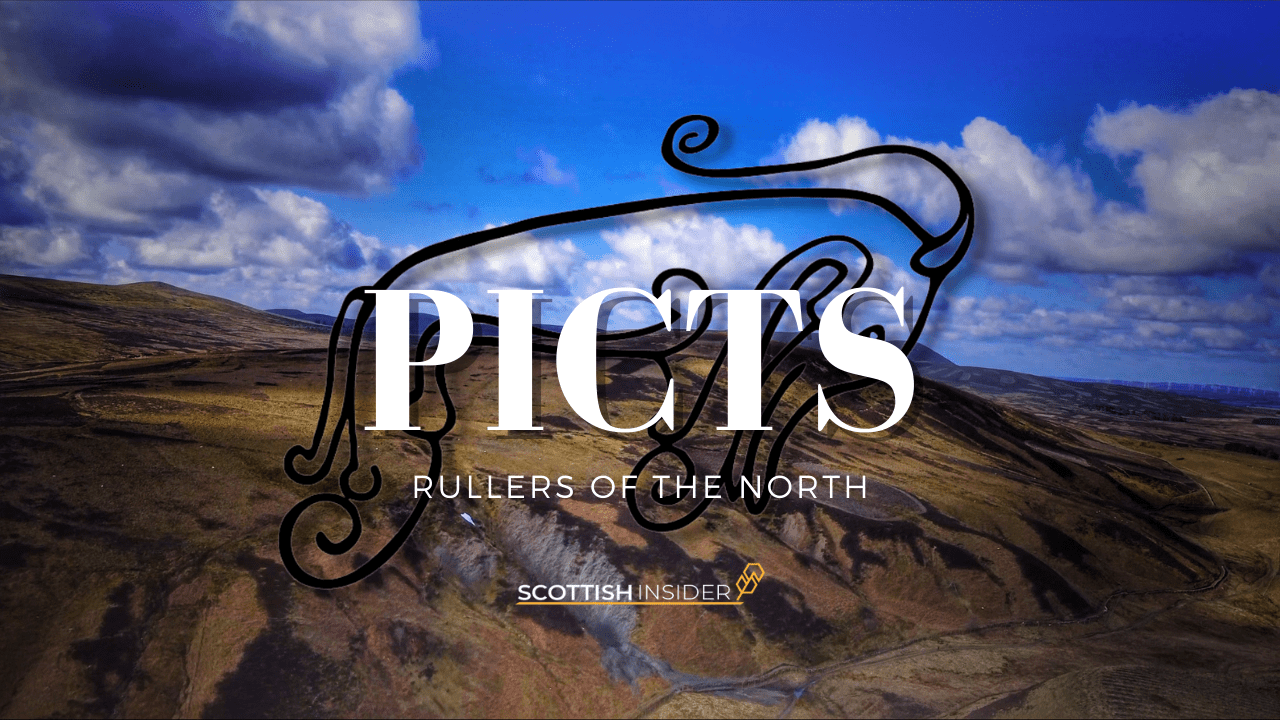
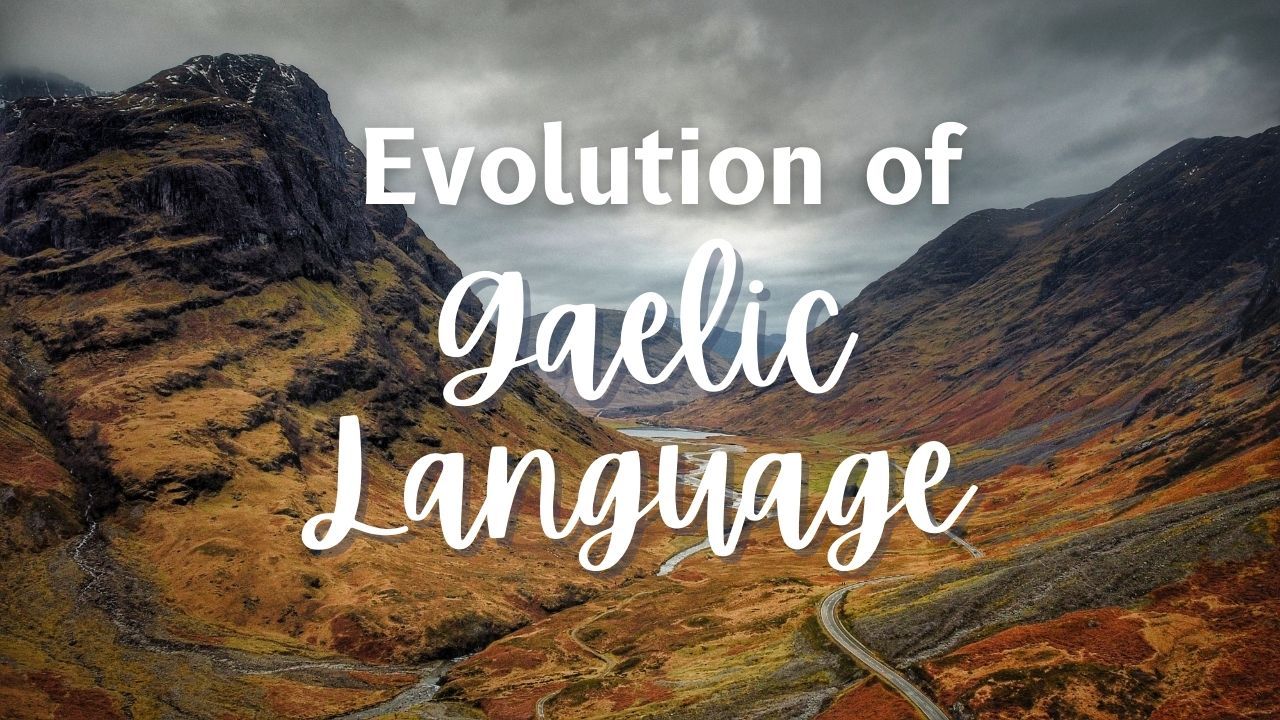
0 Comments